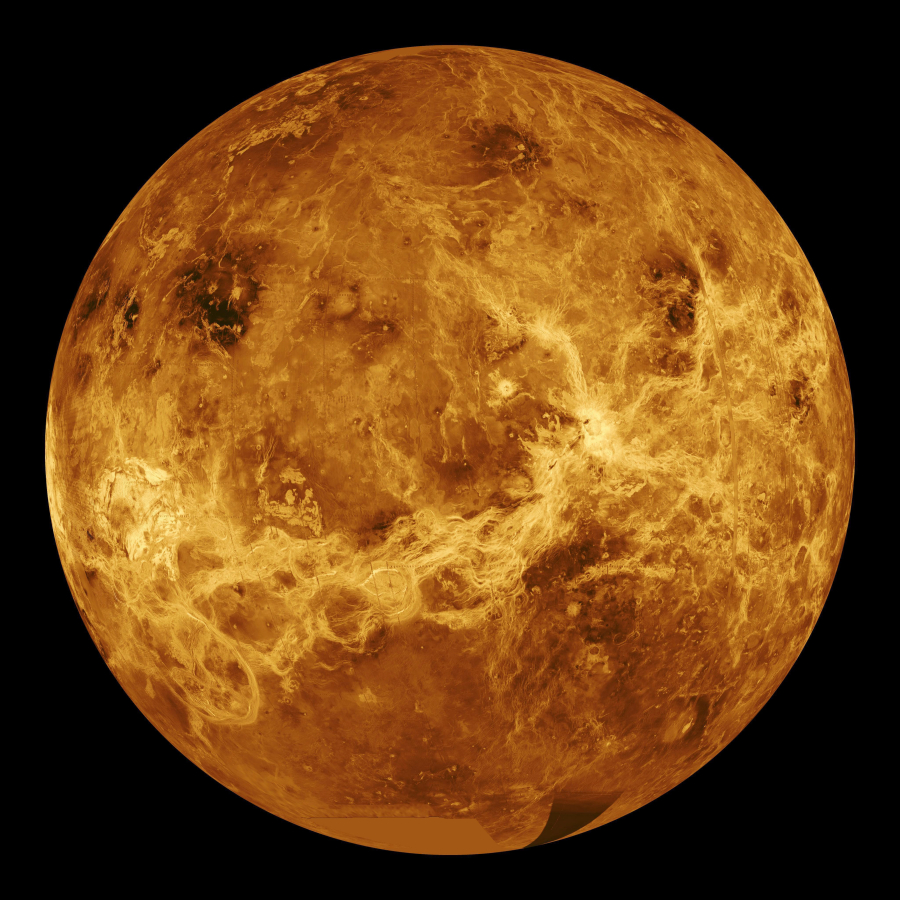A cosmically curious fact about the moon is that it’s “tidally linked” with Earth, meaning that it rotates (spins) at exactly the same rate it revolves (orbits) around us. To our wondering eyes, the effect is that the same hemisphere of the moon — the one with a weirdly recognizable human face — is always gazing upon us while the other hemisphere is always hidden. (The hidden side is nicknamed the “dark” side, but that’s not accurate. The whole moon gets bathed in sunlight over the course of its orbit.)
We only see the moonlight that’s reflected our way, which is constantly changing as the moon runs circles around us. That’s why the moon appears to have phases. Every 29.5 days, the moon reaches full phase.
People have been linking the near-monthly full moon to the changing seasons and their own subsistence for about as long as there have been people. Today’s list of full-moon nicknames is a historical mashup from numerous sources, Indigenous American tribes to European settlers, that’s been popularized by The Old Farmers Almanac:
January: Wolf Moon. Named for hungry winter howls. Also called Cold Moon and Ice Moon.
February: Snow Moon. Named for the year’s heaviest weather. Also called Storm Moon and Hunger Moon.
March: Worm Moon. Earthworms reappear in the softening ground. Also called Crow Moon, Crust Moon (for the crust on snow) or Sap Moon (marking the season of tapping maple trees).
April: Pink Moon. Early blooming wildflowers, especially vivid pink phlox, inspired this name. Also called Sprouting Grass Moon, Egg Moon, Fish Moon.
May: Flower Moon. Spring in full bloom. Also called Hare Moon, Corn Planting Moon, Milk Moon.
June: Strawberry Moon. It’s the peak of strawberry picking season. Also called Rose Moon and Hot Moon.
July: Buck Moon. Male deer sprout new antlers. Also called Thunder Moon and Hay Moon.
August: Sturgeon Moon. This huge historical fish is abundant in late summer in the Great Lakes and elsewhere. Also called Red Moon (for late summer haze), Green Corn Moon and Grain Moon.
Aug. 19, 2024:Blue Moon. An additional name for either the second full moon within the same month or (this coming August) the third full moon within a season that normally sees three but this time gets four, bumping up the year’s total from 12 to 13. The bonus full moon occurs every 2½ years, according to NASA, because the moon’s orbit is a little quicker than one month (29.5 days) and it completes 12 whole cycles quicker than one calendar year (354 days).
September: Harvest Moon. Crops are gathered, possibly into the evening, by the light of the full moon. Other names are Corn Moon and Barley Moon.
October: Hunter’s Moon. Deer, foxes and other prey cannot hide in fields that have been harvested.
November: Beaver Moon. Beavers get active, and so do trappers. Also called Frost Moon.
December: Cold Moon. The longest, darkest nights of the year. Also called Long Nights Moon and Oak Moon.
— Sources: National Geographic, In-The-Sky.org, Space.com




